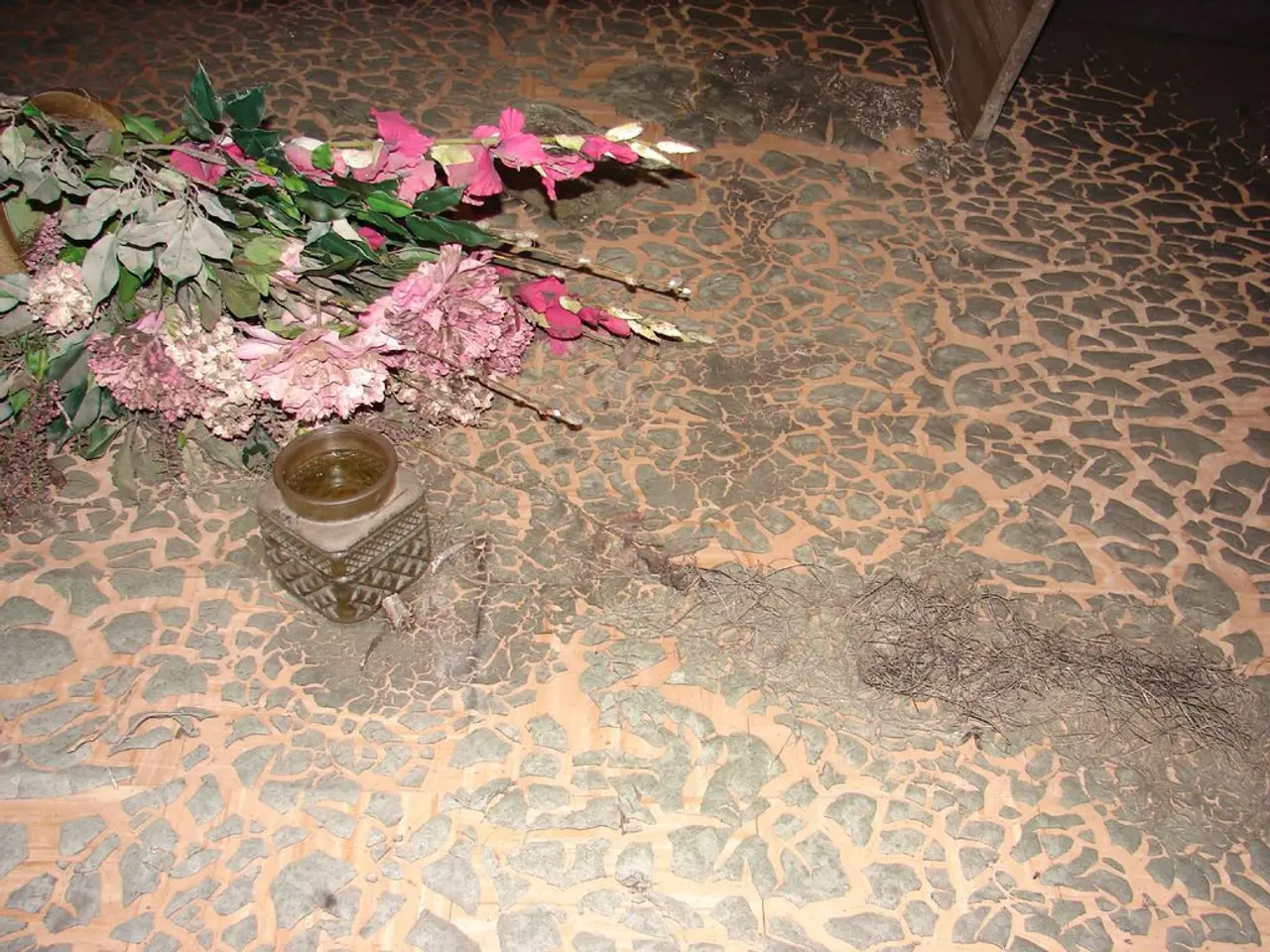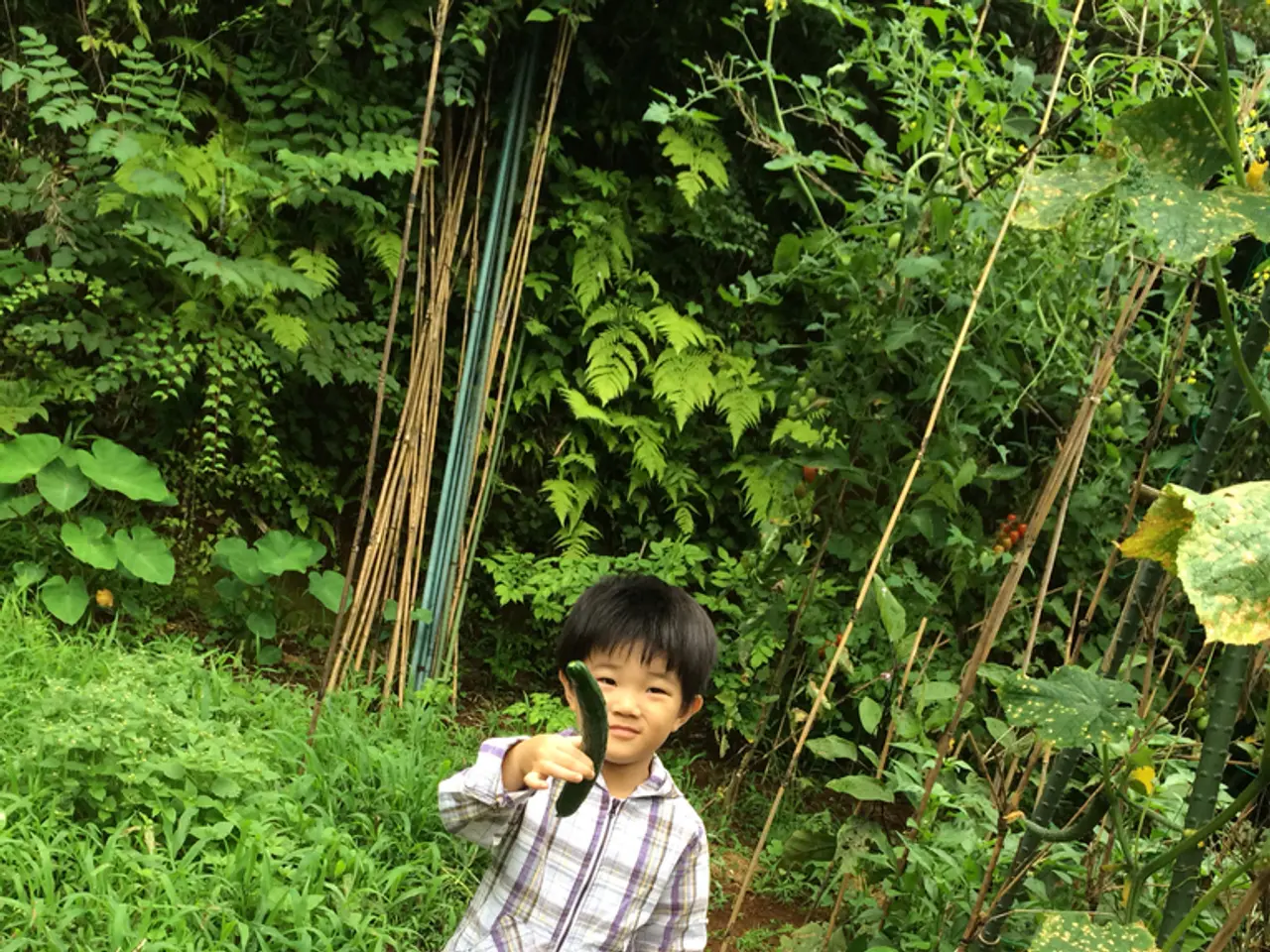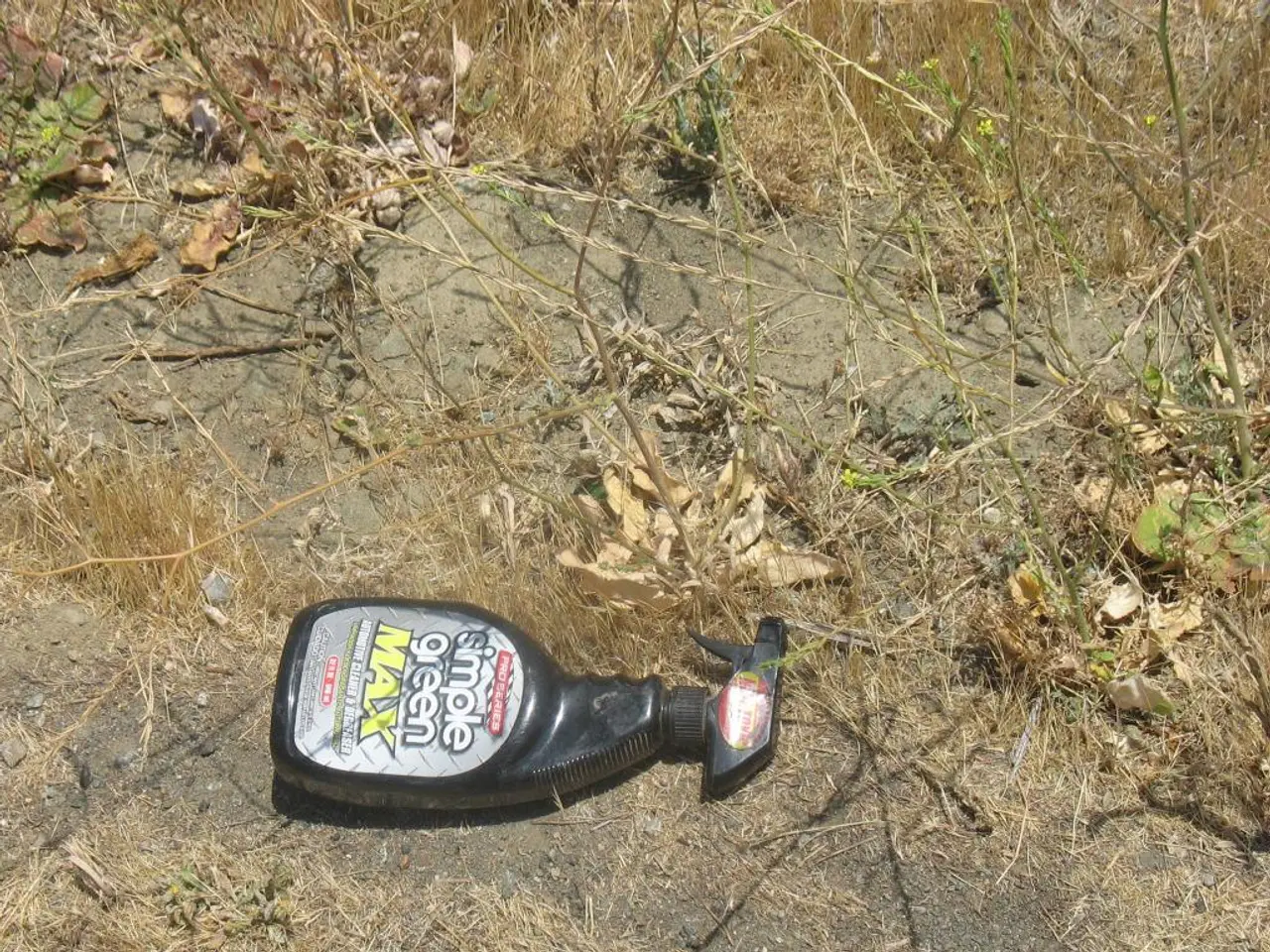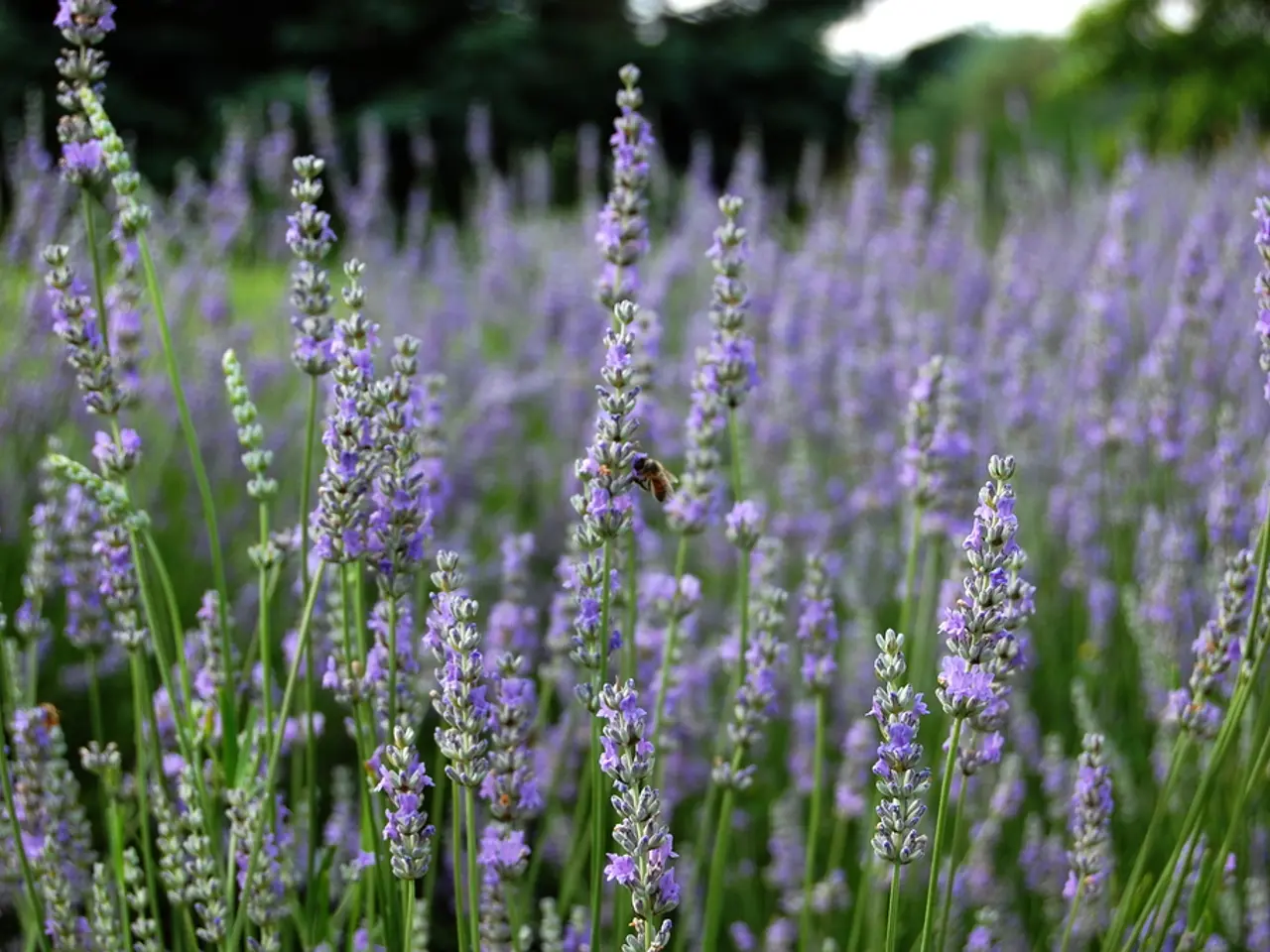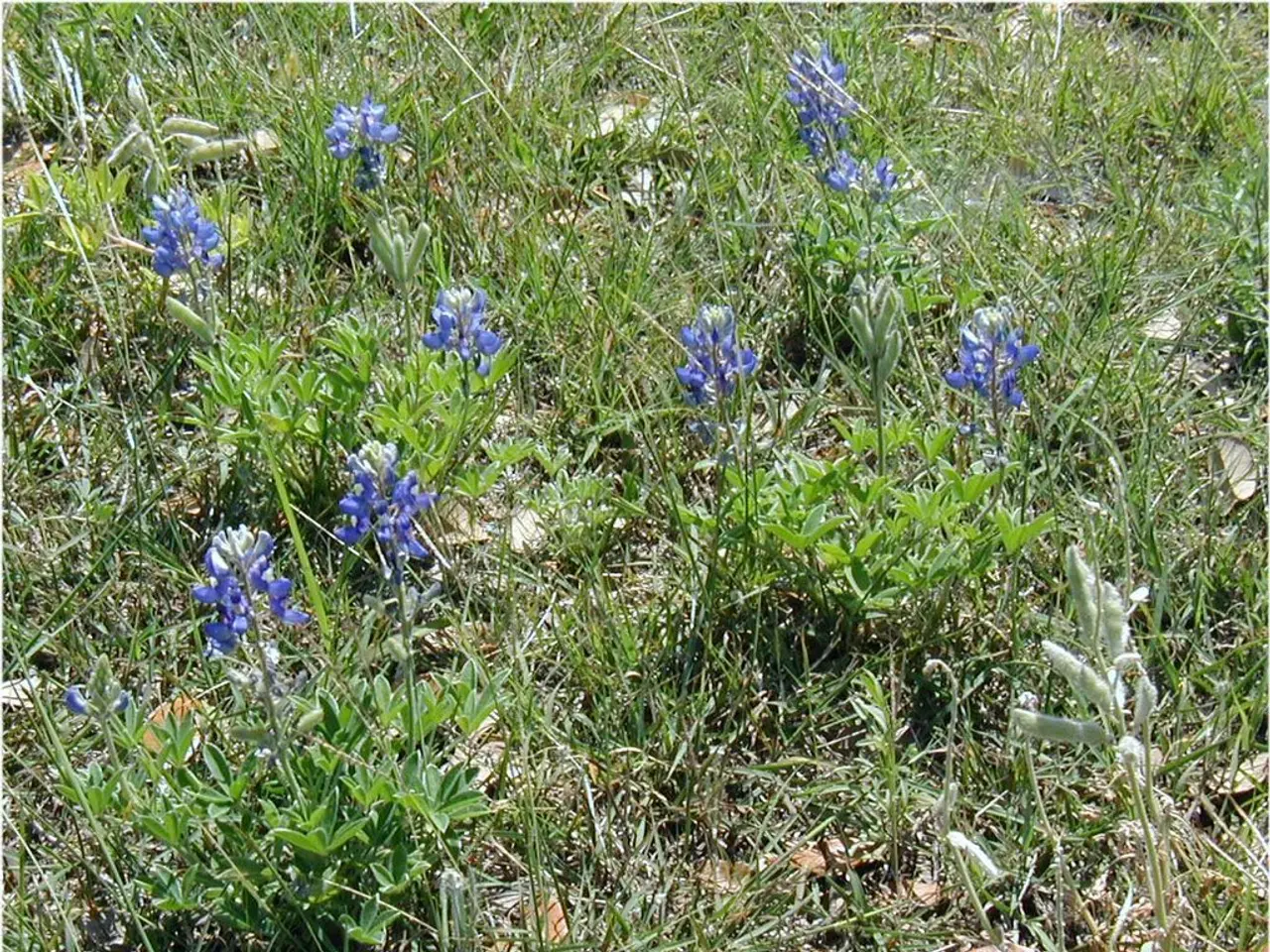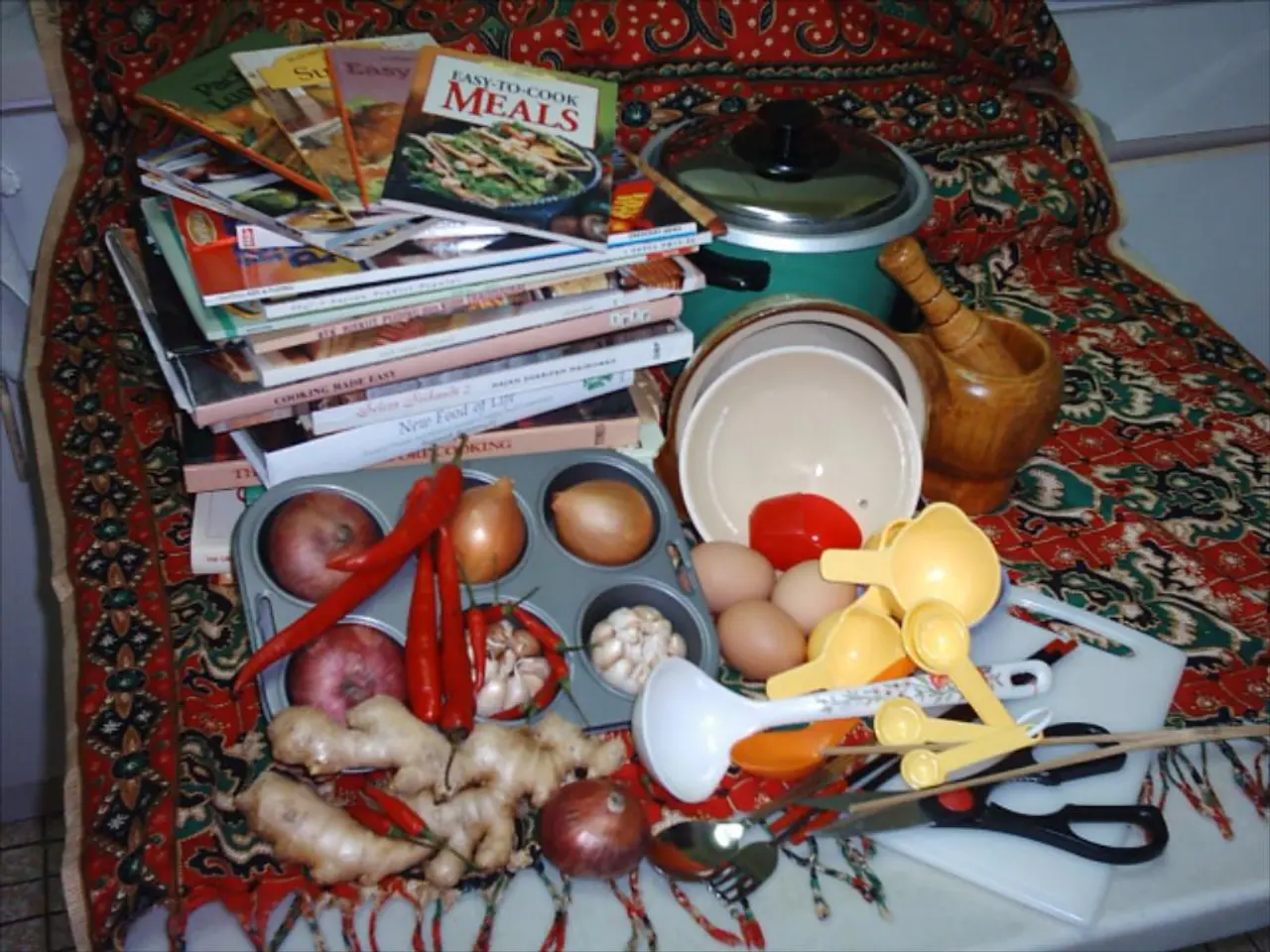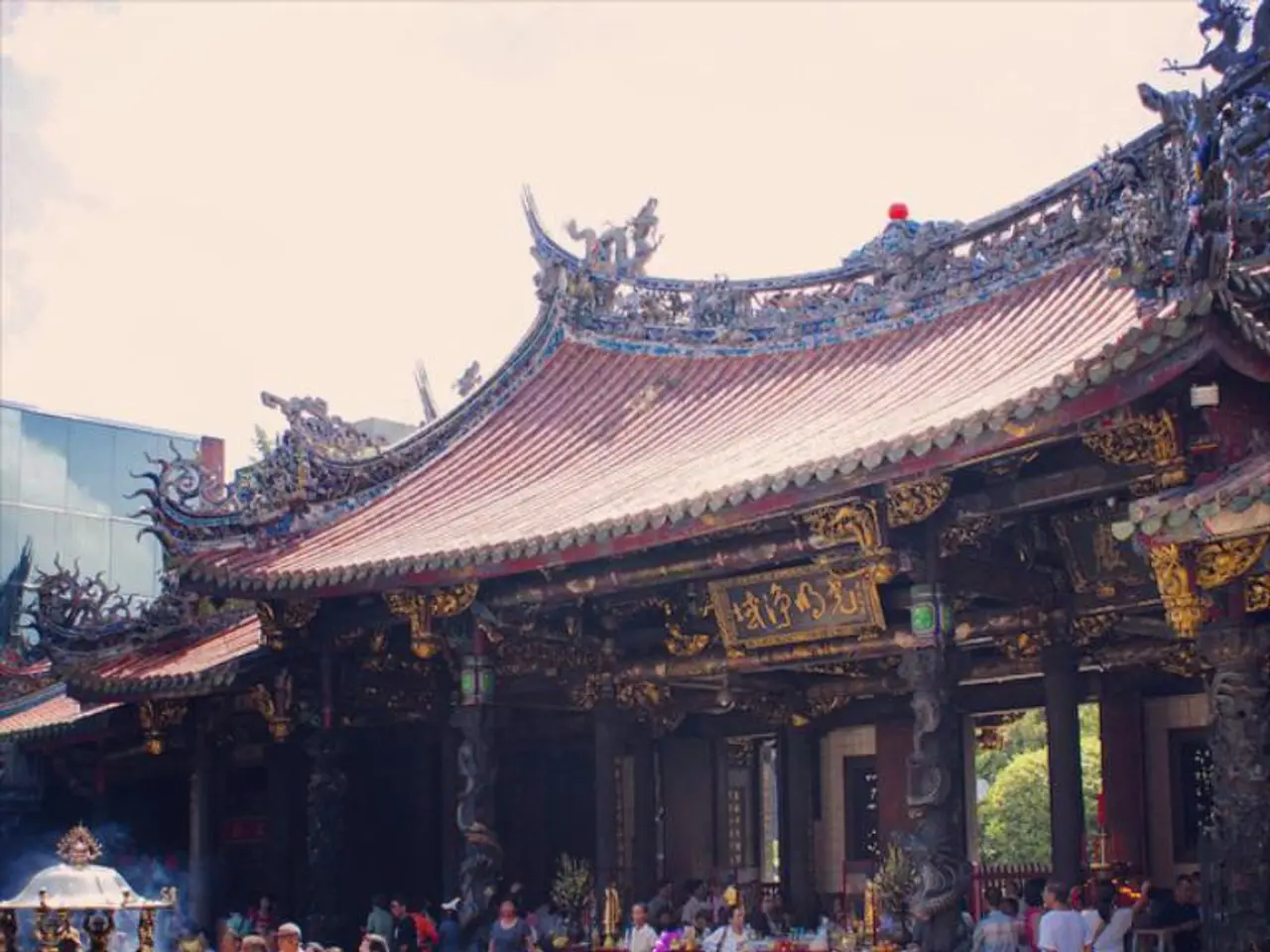Creating a Terrarium in a Jar: Cultivate a Stunning Miniature Eco-system at Home
In the world of miniature gardening, mason jar terrariums have become a popular choice for plant enthusiasts. These compact containers offer a unique way to grow a variety of plants that thrive in high humidity, limited space, and low airflow conditions. Here's a guide to help you select the perfect plants for your miniature mason jar terrarium.
For those seeking to cultivate a closed terrarium, tropical plants such as Fittonia, moss, creeping figs, and small ferns are ideal. Fittonia, also known as the Nerve Plant, boasts small, colorful foliage that is perfect for tiny terrariums. It requires moist soil and indirect light to thrive. Another excellent option is the Oak Leaf Creeping Fig (Ficus pumila 'Quercifolia'), a miniature climbing plant with small oak-shaped leaves that stay small and spread nicely inside terrariums.
If you prefer an open mason jar terrarium, succulents and cacti are preferred due to their lower water needs and tolerance for drier air. Small Echeveria, Haworthia, or other miniature species are suitable for these open jars. It's essential to ensure there is a proper drainage layer, such as small pebbles, as mason jars typically lack drainage holes.
When it comes to selecting plants for your terrarium, it's important to remember that the lid can be kept on to create a closed environment or left off to allow for airflow. If the soil in a terrarium looks dry or there is no condensation on the jar, it may need a few spritzes with a water bottle to add moisture.
When planting, start with the largest plant, known as the primary plant, and decide where in the jar you want it first, usually in the middle. Small plants such as moss, ferns, air plants, Peperomia, and baby tears are suitable for a mason jar terrarium. When adding additional plants, place them around the primary plant, and if using moss, place it last and cut it into smaller pieces to make it easier to fit.
Before placing soil in the jar, it should be moistened but not soggy. A small paintbrush is a good tool for gently pressing the roots of plants into the soil. The first layer of soil or potting mix in a terrarium doesn't need to be too deep and will be added to as plants are placed.
Terrarium plants only very occasionally need pruning, and if any of the plants grow too large for the jar, they can be trimmed. The depth of soil in a mason jar terrarium can vary depending on the jar's size, aiming for an inch or two (2.5 to 5cm). Building a terrarium inside a jar requires patience and a steady hand.
A few simple tools like tweezers, a small paint brush, and a spoon are helpful for arranging plants in a terrarium. The soil or potting mix used in a terrarium should be very light and not heavy when wet. A mason or Kilner-style jar is an ideal container for a terrarium due to its wide mouth and lid.
In conclusion, whether you opt for a closed or open mason jar terrarium, there are a variety of plants suitable for this compact gardening space. With careful selection and patience, you can create a thriving miniature garden right in your home.
[1] Source: https://www.gardeningknowhow.com/garden-how-to/vp/miniature-terrarium-plants.htm [2] Source: https://www.gardeningknowhow.com/garden-how-to/vp/open-terrarium-plants.htm [3] Source: https://www.gardeningknowhow.com/garden-how-to/vp/closed-terrarium-plants.htm
For individuals interested in home-and-garden projects, mason jar terrariums offer an intriguing way to cultivate a lifestyle element within their small spaces. Whether you prefer a closed terrarium with tropical plants like the Nerve Plant (Fittonia) or an open terrarium with succulents and cacti, these miniature gardens can thrive within the confines of a mason jar.
